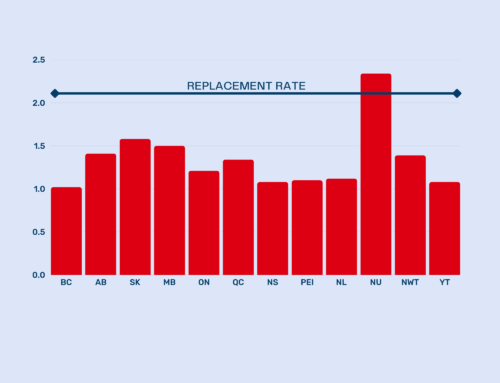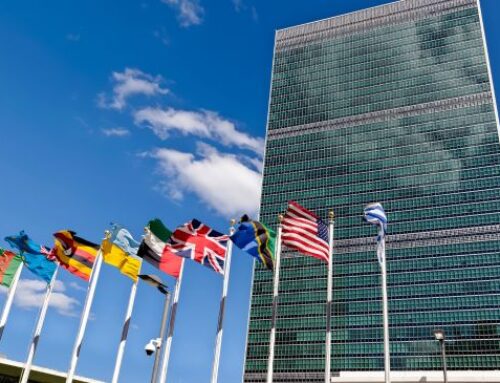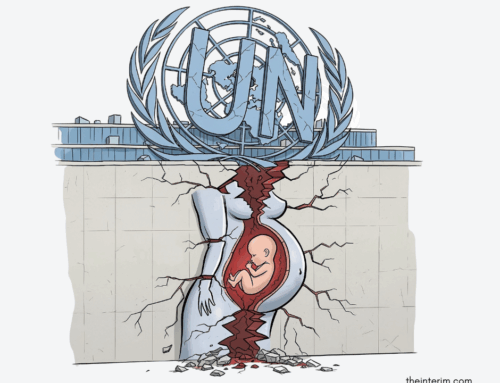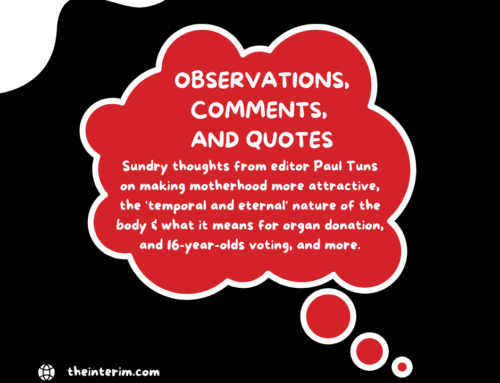More than five decades ago, the Club of Rome released its report “The Limits of Growth” which predicted a certain economic and societal collapse that would accompany a rapidly growing global population. In 1970, there were about 3.7 billion inhabitants. Two decades later, in June 1992, the United Nations Conference on Environment and Development, also known as the Rio de Janeiro Earth Summit or Rio Summit, again predicted imminent economic and environmental disaster and devastating shortages of food and natural resources, if the planet’s population growth was not arrested. At that time, there were about 5.5 billion people on Earth.
A month after the Rio Summit, Alliance for Life and Campaign Life Coalition co-hosted a conference that focused on the value of human life and the imminent need to protect people, not the planet. The theme of that conference was “Save the Planet’s People.”
At the beginning of the 1980s, economist Julian Simon made a famous bet with professional population worrier and ecological alarmist Paul Ehrlich (who strangely enough was invited by Pope Francis to address the Vatican Pontifical Academies of Science and Social Science in 2017). Simon said if Ehrlich’s doomsaying predictions were correct, the price of important minerals such as iron, nickel, and tin would increase over the decade because of scarcity due to overpopulation. Ehrlich got to choose the basket of natural resources and ten years later he had to pay up because he was wrong: all 10 minerals decreased in price.
Ehrlich maintained that his argument was correct but his timing was off. Yet in 2022, as the world is on the cusp of 8 billion people, the nattering nabobs of negativism have been repeatedly proven incorrect by any serious metric. Until the pandemic, the number of people living in extreme poverty has decreased despite steady population growth. Reaching peak oil, which is predicted every few years, has proven false time and time again. Vast new deposits of minerals are being discovered all over the globe every year. Julian Simon knew that man’s ingenuity would lead mankind to more innovation which would bring new discoveries or efficiencies, a secular version of Jeremiah 1:5. To the extent that population growth is a problem, it is also the solution.
Today, many countries are not facing an overpopulation problem but impending depopulation as fertility and birth rates decline precipitously in most of Europe, North and South America, East Asia, and Australia and New Zealand. Rapidly aging populations bring greater challenges than policymakers have been willing to admit.
While good stewardship is a virtue, including stewardship over the planet, modern day environmentalism is a false god, which is why it is so disconcerting that many religious leaders have fallen sway to its earthly seductions. The value is not in the planet but what – or more specifically who – the planet houses: people. We must be good stewards to ensure that our descendants have a planet to live on with bountiful resources to use. Any movement that does not prioritize the planet’s people is fundamentally wrong at its core.
What is needed today is a renewed Culture of Life, one that welcomes every child into the human family, binding the past and the future in an expression of both gratitude and hope. Thirty years ago, Canada’s pro-life organizations tried to rally not just the movement, but the nation, to protect precious preborn life in law, whether in the constitution or through legislation. Canada’s politicians have not heeded that call. The poet Carl Sandburg said “a baby is God’s opinion that the world should go on.” Environmental alarmism — manifested today by outsized fear of climate change — that leads to concurrent calls to curb population through legal abortion and birth control, is the antithesis of this hopeful message. Pro-life politicians have a responsibility to lead in renewing not just a Culture of Life, but this fundamental hope.




